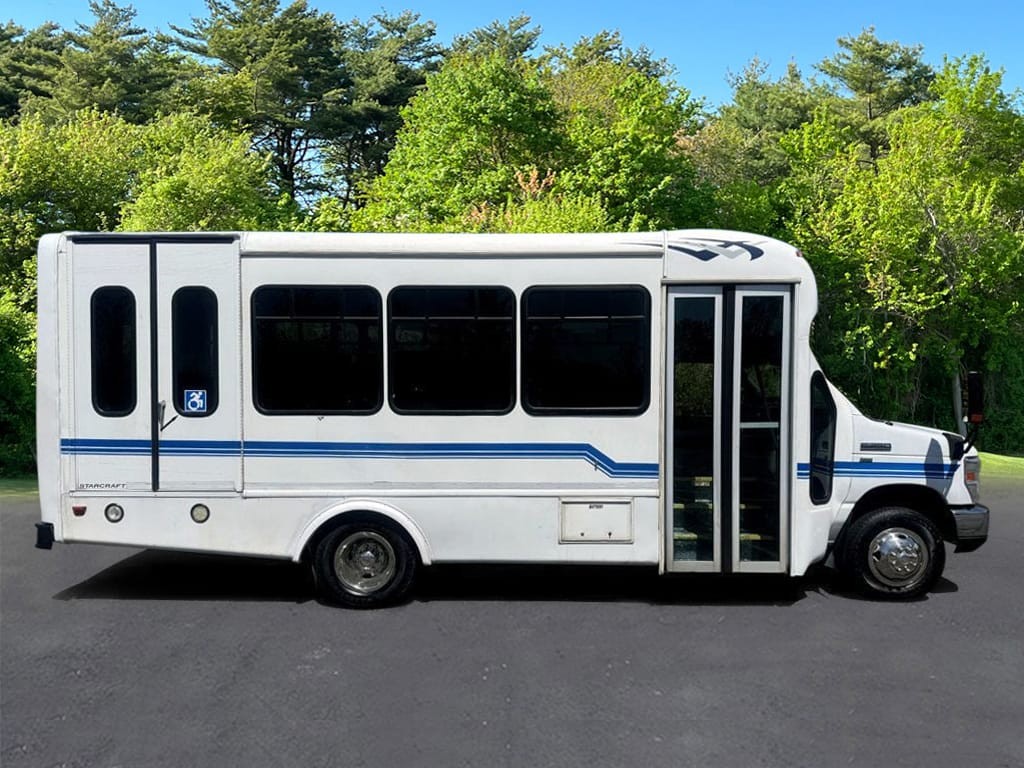More people are turning to used shuttle buses as a cost-effective option when stepping into the passenger transport business or starting a mobile project. It’s not just about affordability—it’s about getting solid value and a dependable foundation.
In the U.S., pre-owned shuttle buses account for nearly 30% of small fleet purchases, thanks to lower upfront costs and flexible layouts. If you’re buying for the first time, going used can give you real confidence while saving thousands.
Let’s break it all down so you can avoid the confusion and get behind the wheel with clarity.
1. Set Your Goals Early
Before you even start searching, decide what the bus will be used for. Will it transport employees? Will it be converted into a mobile salon, classroom, or camper? Your purpose shapes everything right from size and layout to fuel type and mileage limit.
Write your main goal down. This simple step helps filter your options and avoid wasting time on models that won’t fit your needs.
2. Decide How Many Seats You Need
Passenger count changes everything. A 15-passenger bus suits small shuttles or private tours. For school or event transport, 25+ seats may be better. The more seats, the bigger the bus, and the more fuel and maintenance it may require. Make sure the bus is built to carry your expected load safely and legally.
3. Inspect Mileage and Service Records
Mileage gives a quick picture of wear, but service records tell the real story. A bus with 150,000 miles and full service logs may be in better shape than one with 80,000 miles but no maintenance history.
Ask for oil change records, brake replacements, and engine repairs. If you can, get a mechanic to inspect it before buying. It’s one of the smartest moves you can make.
4. Choose the Right Engine and Fuel Type
Diesel engines last longer but cost more to maintain. Gas engines are cheaper but may not go the distance.
Know what fuel type works best in your area. Fuel prices and availability vary from place to place. Also, check emissions standards. Some states have strict rules that may affect older diesel engines.
5. Look Into Accessibility Features
If you’re transporting seniors, people with disabilities, or young kids, you’ll need features like wheelchair lifts, wide doors, or safety handles.
Most used shuttle buses can be retrofitted, but it’s best to find one that already has what you need. Retrofitting takes time, adds costs, and sometimes isn’t as safe as a factory-built feature.
6. Budget for Registration, Licensing, and Insurance
Buying the bus is just the start. Licensing, insurance, inspections, and possible modifications can add a few thousand dollars. Talk to your local DMV and insurance providers. Ask about commercial use fees and what’s required to get your coach bus road-ready. Knowing the full cost helps avoid surprises later.
7. Check for Rust, Frame Damage, and Leaks
Even if the bus looks good on the outside, hidden damage could be expensive. Look under the vehicle. Rust, leaking fluid, and bent frames are big warning signs. A test drive can also help spot steering or brake problems that aren’t visible when parked.
8. Compare Models, Dealers, and Private Sellers
Prices vary widely across models and sellers. Compare options from dealers, auction sites, and private sellers. Some offer warranties; others don’t.
- Ask questions.
- Why are they selling?
- What’s been replaced recently?
- Do they have repair receipts?
- Trustworthy answers will guide you toward the right decision.
9. Understand Interior Condition and Comfort
Even used, your bus should feel safe and comfortable. Check the seats, are they clean and secure? Do lights, AC, and doors work properly?
Small fixes are okay. But if half the interior needs replacement, that’s a cost you’ll have to factor in.
10. Ask About Title and Ownership History
Only buy a bus with a clean title. Avoid salvage or rebuilt titles unless you’re fully aware of the risks.
Check the VIN for accidents or past flood damage. A clean history boosts the bus’s resale value and lowers insurance rates.
Last Words
Buying your first coach bus for sale is a big step, but one you can take with confidence when you’re fully prepared. From choosing the right used shuttle buses to checking history and features, each decision helps shape your success.
Think ahead. Compare well. Don’t rush. Soon, you’ll have the keys to a vehicle that serves your needs, whether it’s for transport, business, or adventure.

